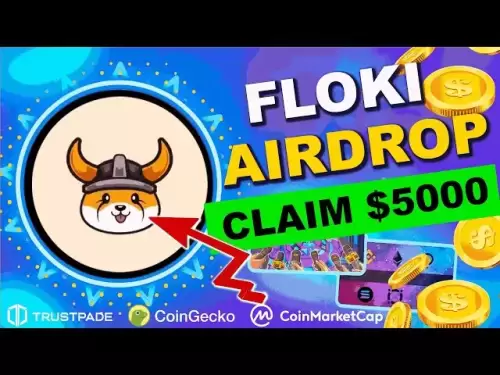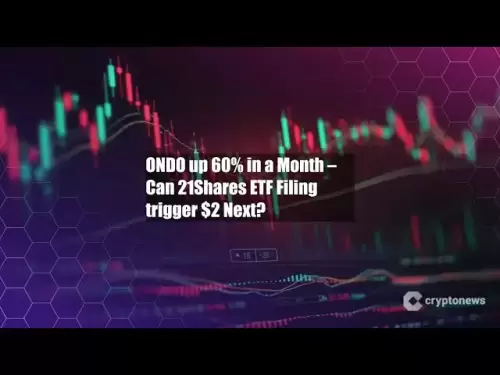-
 Bitcoin
Bitcoin $115100
-2.99% -
 Ethereum
Ethereum $3642
-1.38% -
 XRP
XRP $3.027
-5.51% -
 Tether USDt
Tether USDt $1.000
-0.05% -
 BNB
BNB $763.4
-1.32% -
 Solana
Solana $177.2
-5.42% -
 USDC
USDC $0.9999
-0.02% -
 Dogecoin
Dogecoin $0.2247
-6.47% -
 TRON
TRON $0.3135
0.23% -
 Cardano
Cardano $0.7824
-4.46% -
 Hyperliquid
Hyperliquid $42.53
-0.97% -
 Stellar
Stellar $0.4096
-6.09% -
 Sui
Sui $3.662
-2.61% -
 Chainlink
Chainlink $17.63
-3.57% -
 Bitcoin Cash
Bitcoin Cash $536.3
2.94% -
 Hedera
Hedera $0.2450
0.34% -
 Avalanche
Avalanche $23.23
-3.15% -
 Litecoin
Litecoin $112.2
-1.23% -
 UNUS SED LEO
UNUS SED LEO $8.976
-0.30% -
 Shiba Inu
Shiba Inu $0.00001341
-2.72% -
 Toncoin
Toncoin $3.101
-2.44% -
 Ethena USDe
Ethena USDe $1.001
-0.05% -
 Uniswap
Uniswap $10.08
-1.97% -
 Polkadot
Polkadot $3.938
-2.77% -
 Monero
Monero $323.9
0.87% -
 Dai
Dai $0.9999
-0.02% -
 Bitget Token
Bitget Token $4.481
-1.69% -
 Pepe
Pepe $0.00001199
-5.94% -
 Aave
Aave $288.2
-0.68% -
 Cronos
Cronos $0.1279
0.36%
What is tokenization? How to combine with blockchain?
Tokenization on blockchain allows fractional ownership of assets like real estate, enhancing liquidity and accessibility via smart contracts.
Mar 27, 2025 at 03:22 pm
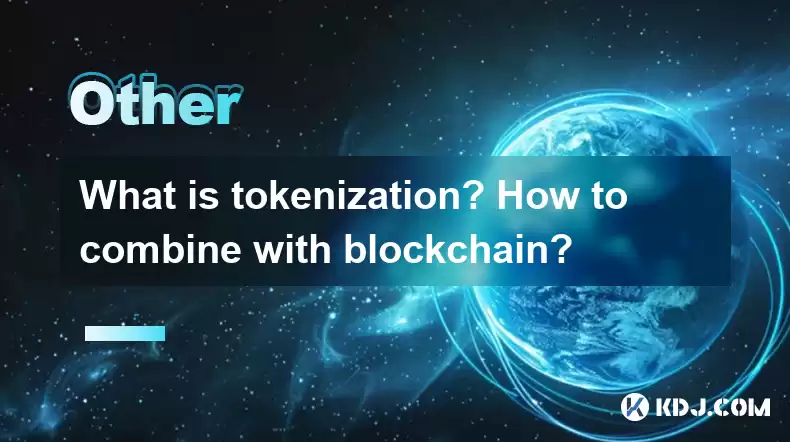
Understanding Tokenization in the Cryptocurrency Sphere
Tokenization, in the context of cryptocurrency, refers to the process of representing real-world assets or rights as digital tokens on a blockchain. These tokens can represent anything from physical assets like real estate or art to intangible assets like intellectual property or voting rights. The key benefit is fractional ownership and enhanced liquidity. Instead of needing to buy an entire property, for instance, you can purchase a token representing a fraction of its ownership. This opens up investment opportunities previously inaccessible to many. The blockchain ensures transparency and immutability in tracking ownership and transactions.
How Tokenization Works with Blockchain Technology
The synergy between tokenization and blockchain is crucial. Blockchain provides the secure and transparent ledger for recording and verifying token ownership. Smart contracts, self-executing contracts with the terms of the agreement between buyer and seller directly written into lines of code, automate the transfer of tokens and enforce the terms of the agreement. This eliminates the need for intermediaries, reducing costs and increasing efficiency. The decentralized nature of blockchain further enhances security and trust.
The Role of Smart Contracts in Tokenization
Smart contracts are the engine driving tokenized assets. They automate the process of transferring tokens, ensuring that transactions are executed accurately and securely according to predefined rules. These contracts can incorporate complex logic, handling various aspects of asset management, such as dividend payouts or voting rights. They are crucial in ensuring the integrity and functionality of the tokenized asset. Their immutability on the blockchain prevents tampering and fraud.
Different Types of Tokens Used in Tokenization
Several types of tokens facilitate tokenization, each with specific functionalities:
Security Tokens: These represent ownership in a company or asset and are subject to securities regulations. They often offer dividends or voting rights. Investing in security tokens typically carries higher risks but potentially higher returns.
Utility Tokens: These provide access to a product or service offered by a company. They are not considered securities and are generally less regulated. Their value is tied to the utility of the platform or service.
NFT (Non-Fungible Tokens): These represent unique, non-interchangeable assets, such as digital art or collectibles. Each NFT is distinct, unlike fungible tokens like Bitcoin or Ethereum.
Steps to Tokenize an Asset on a Blockchain
Tokenizing an asset involves several key steps:
Asset Valuation and Legal Compliance: Determine the fair market value of the asset and ensure compliance with relevant regulations. This is crucial, especially for security tokens.
Token Standard Selection: Choose a suitable token standard (e.g., ERC-20, ERC-721) depending on the type of asset and desired functionality.
Smart Contract Development: Develop a smart contract that governs the token's functionality and manages ownership. This requires expertise in blockchain development.
Token Distribution: Distribute the tokens to investors or stakeholders. This may involve an Initial Coin Offering (ICO) or other methods.
Ongoing Management: Manage the tokenized asset and ensure its ongoing functionality. This includes updating the smart contract if necessary.
Security Considerations in Tokenization
Security is paramount in tokenization. Vulnerabilities in smart contracts can be exploited, leading to significant losses. Therefore:
Thorough Audits: Smart contracts should undergo rigorous audits by reputable security firms before deployment.
Robust Key Management: Securely manage private keys to prevent unauthorized access and transactions.
Regular Updates: Keep the smart contracts updated to patch vulnerabilities and improve functionality.
Insurance: Consider obtaining insurance to mitigate potential risks.
Benefits of Tokenization
Tokenization offers several advantages:
Increased Liquidity: Fractional ownership increases liquidity, allowing easier buying and selling of assets.
Reduced Transaction Costs: Eliminating intermediaries lowers transaction costs.
Enhanced Transparency: Blockchain's transparency improves trust and accountability.
Improved Efficiency: Automation through smart contracts streamlines processes.
Global Access: Tokenized assets can be accessed globally, expanding investment opportunities.
Challenges of Tokenization
Despite the advantages, tokenization also presents challenges:
Regulatory Uncertainty: The regulatory landscape for tokenized assets is still evolving, creating uncertainty.
Technological Complexity: Developing and deploying smart contracts requires specialized expertise.
Security Risks: Smart contract vulnerabilities can lead to significant financial losses.
Scalability Issues: Blockchain scalability can limit the number of transactions processed.
Frequently Asked Questions
Q: What are the regulatory implications of tokenization?
A: The regulatory landscape for tokenized assets varies significantly across jurisdictions. Some assets, particularly security tokens, are subject to strict securities laws, while others, such as utility tokens, may face less regulation. It's crucial to understand the applicable regulations before engaging in tokenization.
Q: How secure is tokenization?
A: The security of tokenization depends heavily on the security of the underlying blockchain and the smart contracts. Thorough audits, robust key management, and regular updates are crucial to mitigate security risks. However, no system is completely immune to attacks.
Q: What are the different blockchain platforms suitable for tokenization?
A: Various blockchain platforms support tokenization, each with its strengths and weaknesses. Ethereum, with its extensive ecosystem and smart contract capabilities, is a popular choice. Other platforms like EOS, TRON, and Solana also offer functionalities for tokenization. The choice of platform depends on factors such as scalability, transaction fees, and community support.
Q: Can any asset be tokenized?
A: Theoretically, almost any asset can be tokenized. However, the practicality and legal feasibility depend on various factors, including the asset's nature, value, and the applicable regulations. Some assets may be more suitable for tokenization than others.
Q: What is the future of tokenization?
A: The future of tokenization looks promising, with potential applications across various sectors. As the technology matures and regulations become clearer, we can expect wider adoption of tokenization across different asset classes and industries. However, challenges related to scalability, security, and regulation need to be addressed for widespread adoption.
Disclaimer:info@kdj.com
The information provided is not trading advice. kdj.com does not assume any responsibility for any investments made based on the information provided in this article. Cryptocurrencies are highly volatile and it is highly recommended that you invest with caution after thorough research!
If you believe that the content used on this website infringes your copyright, please contact us immediately (info@kdj.com) and we will delete it promptly.
- Solana, Altcoins, and Coinbase: What's the Buzz?
- 2025-07-26 06:30:12
- XRP in 2025: Bull Run or Bust?
- 2025-07-26 07:30:12
- HBAR, Robinhood, and Altcoins: A New York Minute on Crypto's Latest Moves
- 2025-07-26 07:10:11
- Bitcoin, Altcoins, and Meme Coins: Navigating the Wild West of Crypto
- 2025-07-26 07:50:11
- USDC on Sei: Zero-Bridge Future Fuels DeFi Confidence
- 2025-07-26 07:15:11
- Ethereum, Pepeto Presale, and Market Appetite: What's the Buzz?
- 2025-07-26 06:50:12
Related knowledge
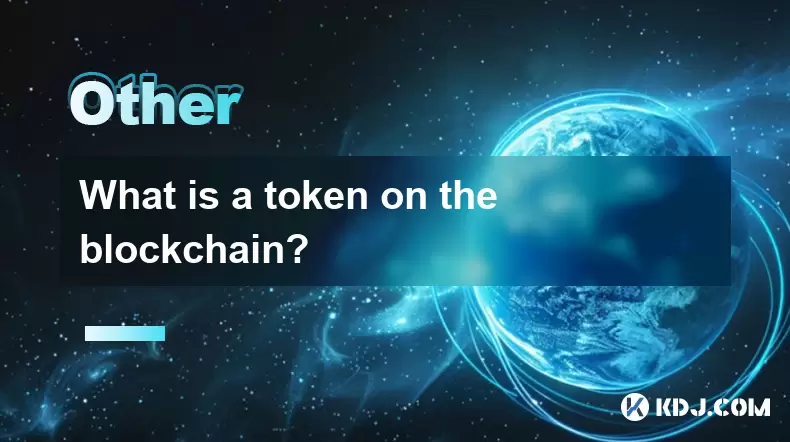
What is a token on the blockchain?
Jul 21,2025 at 07:00am
Understanding the Concept of a TokenIn the realm of blockchain technology, a token is a digital representation of an asset or utility that exists on a...
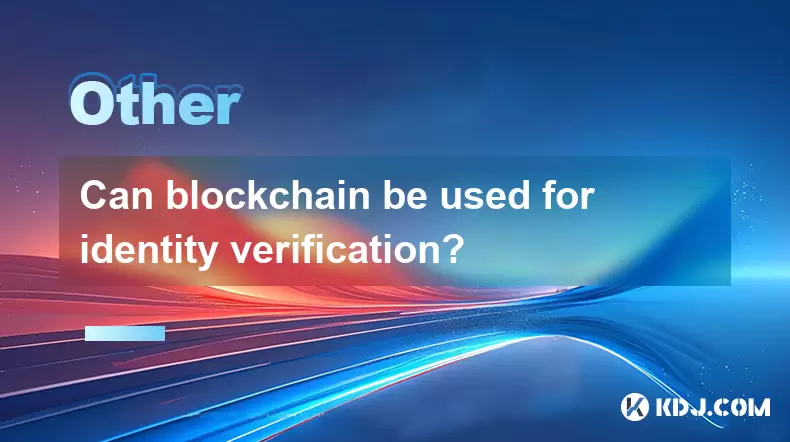
Can blockchain be used for identity verification?
Jul 18,2025 at 02:14pm
Understanding Identity Verification in the Digital AgeIn the modern digital landscape, identity verification has become a critical component for ensur...
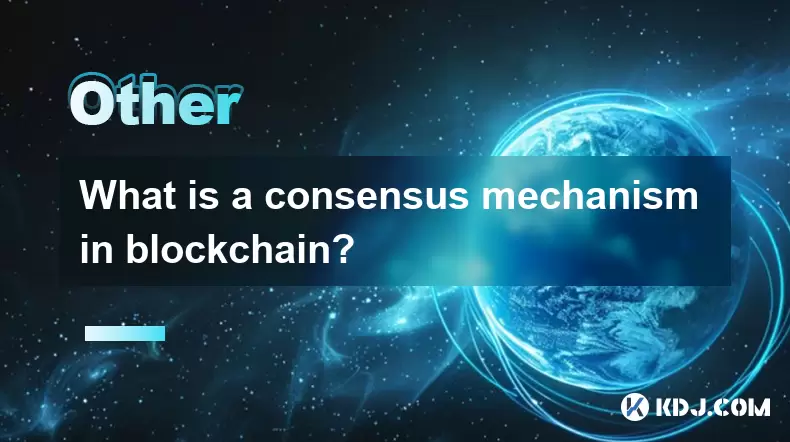
What is a consensus mechanism in blockchain?
Jul 21,2025 at 03:01am
Understanding the Basics of Consensus MechanismsA consensus mechanism is a critical component of any blockchain network. It refers to the process by w...
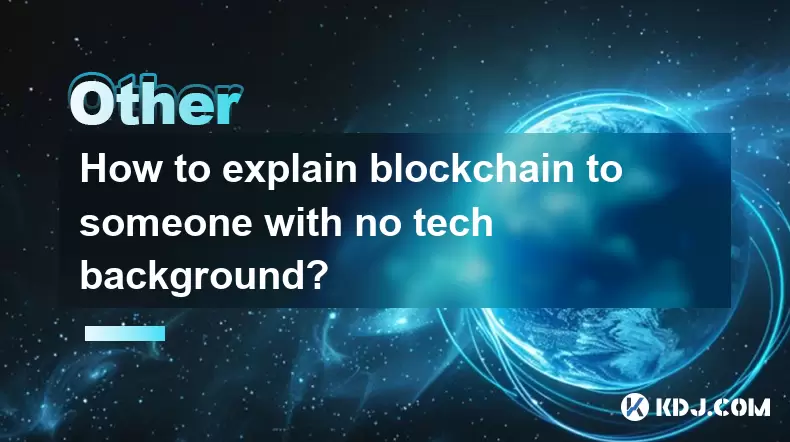
How to explain blockchain to someone with no tech background?
Jul 18,2025 at 11:08pm
Understanding the Basics of BlockchainTo explain blockchain to someone with no tech background, it's essential to start with simple analogies and avoi...
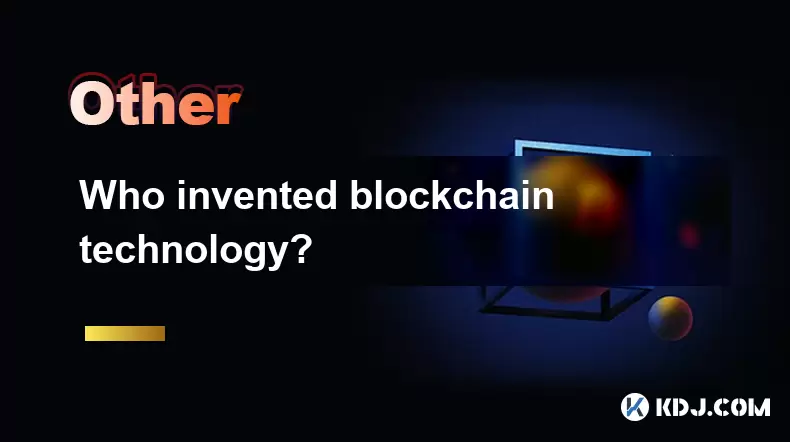
Who invented blockchain technology?
Jul 23,2025 at 01:28am
Origins of Blockchain TechnologyBlockchain technology did not emerge from a single inventor or institution. Instead, it evolved through a series of ac...
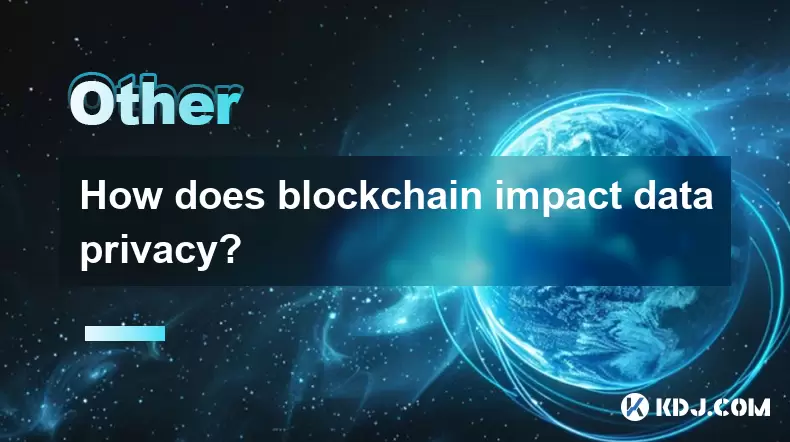
How does blockchain impact data privacy?
Jul 21,2025 at 02:21pm
Understanding the Role of Blockchain in Data PrivacyBlockchain technology, originally developed as the underlying infrastructure for cryptocurrencies ...

What is a token on the blockchain?
Jul 21,2025 at 07:00am
Understanding the Concept of a TokenIn the realm of blockchain technology, a token is a digital representation of an asset or utility that exists on a...

Can blockchain be used for identity verification?
Jul 18,2025 at 02:14pm
Understanding Identity Verification in the Digital AgeIn the modern digital landscape, identity verification has become a critical component for ensur...

What is a consensus mechanism in blockchain?
Jul 21,2025 at 03:01am
Understanding the Basics of Consensus MechanismsA consensus mechanism is a critical component of any blockchain network. It refers to the process by w...

How to explain blockchain to someone with no tech background?
Jul 18,2025 at 11:08pm
Understanding the Basics of BlockchainTo explain blockchain to someone with no tech background, it's essential to start with simple analogies and avoi...

Who invented blockchain technology?
Jul 23,2025 at 01:28am
Origins of Blockchain TechnologyBlockchain technology did not emerge from a single inventor or institution. Instead, it evolved through a series of ac...

How does blockchain impact data privacy?
Jul 21,2025 at 02:21pm
Understanding the Role of Blockchain in Data PrivacyBlockchain technology, originally developed as the underlying infrastructure for cryptocurrencies ...
See all articles























